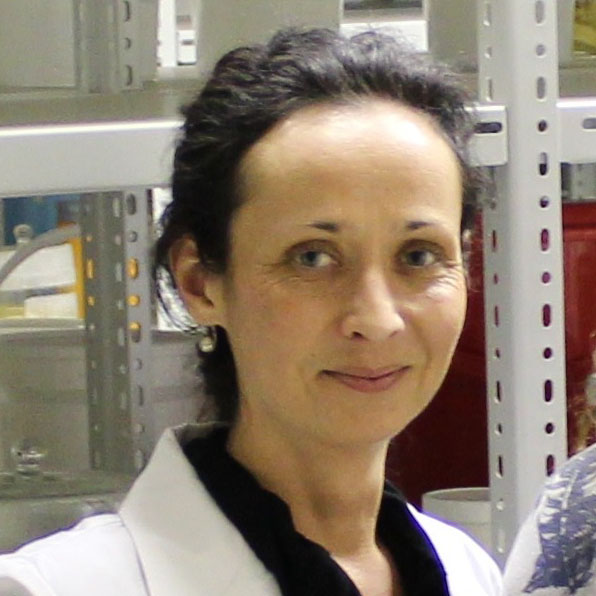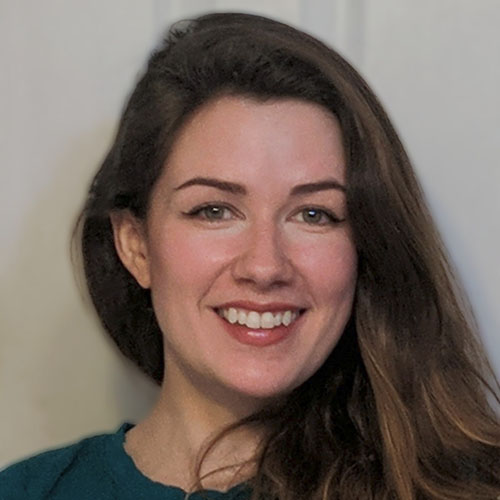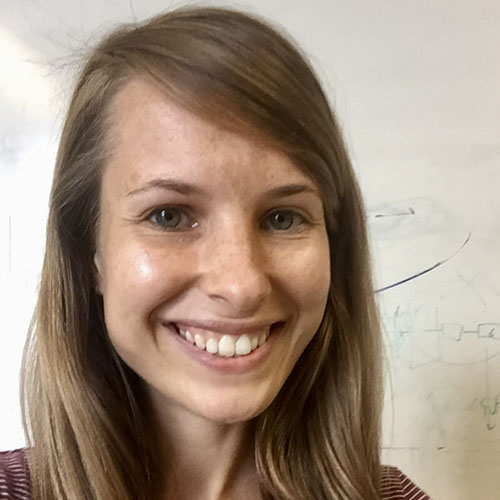Evolutionary Neuroscience
The Laboratory for Evolutionary Neuroscience is dedicated to studying the evolution of brain structure and molecular function in primates and other mammals. Our research interests center on comparative investigations of brains from a diversity of species, including humans, to make discoveries about the evolution of behavior, communication abilities, cognition, vulnerability to neurodegenerative illnesses, and more.
The lab is also the biobank repository of the National Chimpanzee Brain Resource, which serves to facilitate research advancement through the collection and distribution of chimpanzee neuroimaging scans, postmortem brain samples, atlas tools, and related genetic, health, life history, and behavioral datasets.
Research Interests
Research in this lab explores how brains differ among species and how this variation is correlated with behavior, shaped by the rules of developmental biology, impacted by experience, and encoded in the genome. In particular, research compares the anatomy and molecular function of the human brain to that of the great apes: chimpanzees, bonobos, gorillas, and orangutans. The lab also investigates brain structure changes across the lifespan among primate species. Researchers in the lab are mapping the evolution of brain structure and examining the correlation between brain size and gene expression, energetics, neuronal morphology, and cell type distributions.
Select Recent Publications
M. Ghibaudi, C. La Rosa, N. Telitsyn, J.-M. Graїc, C.G. Faulkes, C.C. Sherwood, and L. Bonfanti (2025) Multispecies characterization of immature neurons in the mammalian amygdala reveals their expansion in primates. PLOS Biology 23: e3003322.
A. Gómez-Robles, C. Nicolau, J.B. Smaers, and C.C. Sherwood (2024) The evolution of human altriciality and brain development in comparative context. Nature Ecology and Evolution 8: 133-146.
C.D. Stimpson, J.B. Smaers, M.A. Raghanti, K.A. Phillips, B. Jacobs, W.D. Hopkins, P.R. Hof, and C.C. Sherwood (2024) Evolutionary scaling and cognitive correlates of primate frontal cortex microstructure. Brain Structure and Function 229: 1823-1838.
M.T. Karl, Y.D. Kim, K. Rajendran, P.R. Manger, and C.C. Sherwood (2024) Invariance of mitochondria and synapses in the primary visual cortex of mammals provides insight into energetics and function. The Journal of Comparative Neurology 532: e25669.
V. Kulik, L.D. Reyes, and C.C. Sherwood (2023) Coevolution of language and tools in the human brain: an ALE meta-analysis of neural activation during syntactic processing and tool use. Progress in Brain Research 275: 93-115.
E.E. Guevara, W.D. Hopkins, P.R. Hof, J.J. Ely, B.J. Bradley, and C.C. Sherwood (2021) Comparative analysis reveals distinctive epigenetic features of the human cerebellum. PLOS Genetics 17: e1009506.
For more publications visit Dr. Chet Sherwood's Google Scholar page.
Lab Researchers
Chet C. Sherwood
Lab Director
Branka Hrvoj-Mihic
Postdoctoral Scientist
Madison Hillegas
Senior Research Assistant
Anastasia Dorenbusch
Research Assistant

Kiana Kamrava
Research Assistant
Patrick Friday
PhD Student
Mackenzie Hepker
PhD Student
Elaine Miller
PhD Student

Annick Mushonganono
PhD Student
Alessia Pattaro
PhD Student
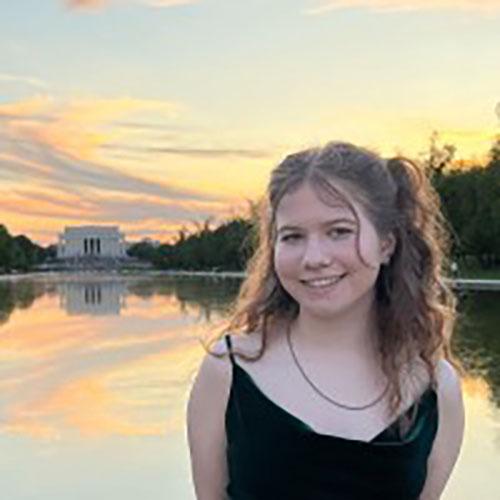
Madeline Bramel
Masters Student
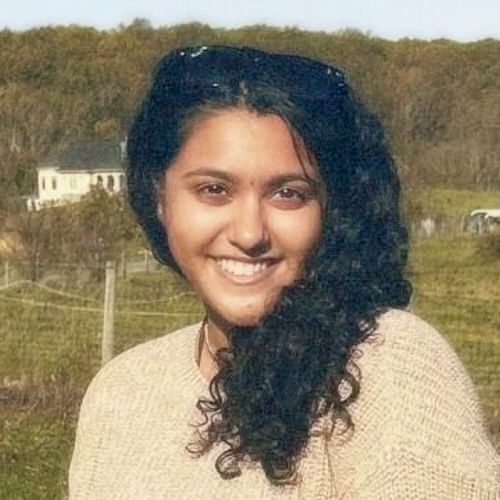
Stuti Rao
Undergraduate Student
Former Lab Members
- Nicole Barger - Science Analyst and Evaluator, National Science Foundation
- Sarah Barks - Assistant Dean and Director of Analytics and Operations, Grinnell College
- Amy Bauernfeind - Associate Professor of Anatomy in Neuroscience & Vice Chair of Education, Washington University School of Medicine in St. Louis
- Serena Bianchi - Science Communicator In-Residence, Department of Psychology, Concordia University, Canada
- Christine Charvet - Assistant Professor, Department of Anatomy, Physiology & Pharmacology, Auburn University College of Veterinary Medicine
- Alexandra de Sousa - Postdoctoral Scientist, Department of Anatomy, Physiology & Pharmacology, Auburn University College of Veterinary Medicine
- Anastasia Dorenbusch - Research Assistant, Department of Anthropology, The George Washington University
- Tetyana Duka - Research Laboratory Manager, Department of Biochemistry and Molecular & Cellular Biology, Georgetown University Medical Center
- Melissa Edler - Research Assistant Professor, Department of Anthropology, Kent State University
- Begün Erbaba - Postdoctoral Affiliate, Department of Anthropology, The George Washington University
- Aida Gómez-Robles - Associate Professor, Department of Anthropology, University College London, UK
- Tanyaradzwa Guduza
- Elaine Guevara - Lecturer, Department of Evolutionary Anthropology, Duke University
- Dustin Howard - PhD Student, Department of Biology, The George Washington University
- Aminu Imam - Senior Lecturer, Department of Anatomy, University of Ilorin, Nigeria
- Molly Karl - Laboratory Manager, The George Washington University School of Medicine and Health Sciences
- Fenna Krienen - Assistant Professor, Neuroscience Institute, Princeton University
- Veronika Kulik - PhD Student, Department of Neuroscience, UCSF
- Daniel Miller - Assistant Professor, Department of Evolution, Ecology, and Behavior, University of Illinois at Urbana-Champaign
- Gerard Muntané Medina - Senior Researcher, Pere Virgili Institute, Spain
- Mary Ann Raghanti - Professor, Department of Anthropology, Kent State University
- Laura Reyes - Scientific Program Analyst, National Institute of Mental Health, National Institutes of Health
- Natalie Schenker-Ahmed - Project Manager, Center for Multiomic Human Brain Cell Atlas, Salk Institute for Biological Studies
- Alison Sherwood
- Muhammad Spocter - Professor, Department of Anatomy, Des Moines University
- Nicky Staes - Postdoctoral Scientist, Centre for Research and Conservation, Royal Zoological Society of Antwerp & Behavioural Ecology and Ecophysiology Group, University of Antwerp, Belgium
- Cheryl Stimpson - Senior Research Associate, The Henry M. Jackson Foundation for the Advancement of Military Medicine
- Esther Stoppani
- Andrey Verendeev - Scientific Communications Manager, Red Nucleus




